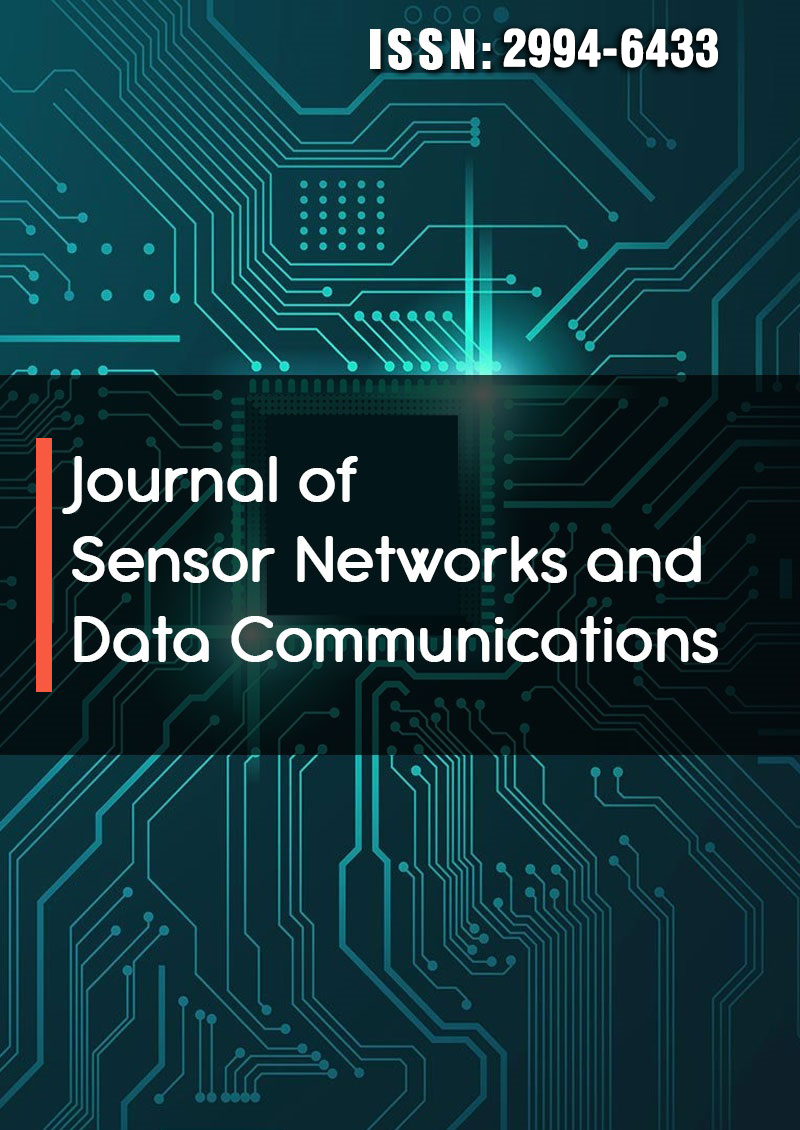Apocalyptic Proof of the Riemann Hypothesis with the Generating Function for Prime Numbers
Abstract
Mojtaba Jalali Koutanaei
The Riemann zeta function ζ(s) plays a crucial role in number theory and its applications such as cryptography. By utilizing the implications of the hypothesis and the distribution of prime numbers, algorithms can be created using primes to send and receive data with reliable security. The Riemann Hypothesis (RH) posits that zeros of ζ(s) other than the trivial ones are located on the line defined by the equation Re(s) =1/2. This paper introduces a novel and straightforward proof of the Riemann Hypothesis. The proof employs a standard method, utilizing the eta function in place of the zeta function, under the assumption that the real part is greater than zero. The equation for the real and imaginary parts of the Riemann zeta function (eta function) is completely separated. Initially, let ζ(s) = Re ζ(s) + lmζ(s) with s= a + ib. The value of the real part is determined by solving the equation, and the process is repeated for ζ(1 – s). By identifying the potential roots shared by the two functions, a common value is obtained, leading to a = 1/2, which represents the real part of the main root of the function ζ(s). Using a standard method and with the help of two functions ζ(s) and ζ(1-s), the real part of the root of the zeta function is obtained. To create a generator function for prime numbers in terms of b, one can solve the root of the zeta function where it equals one (i.e., ζ(s) =1) and obtain a relationship between b’ and prime numbers. Giving the value of zeta equal to one and s' = a' + ib’, similar to zeta equal to zero, the roots are again placed on the 1/2 line. Then, by using the zeta function defined by multiplying prime numbers, we arrive at a new meaningful relation between b’ and its corresponding prime number.



